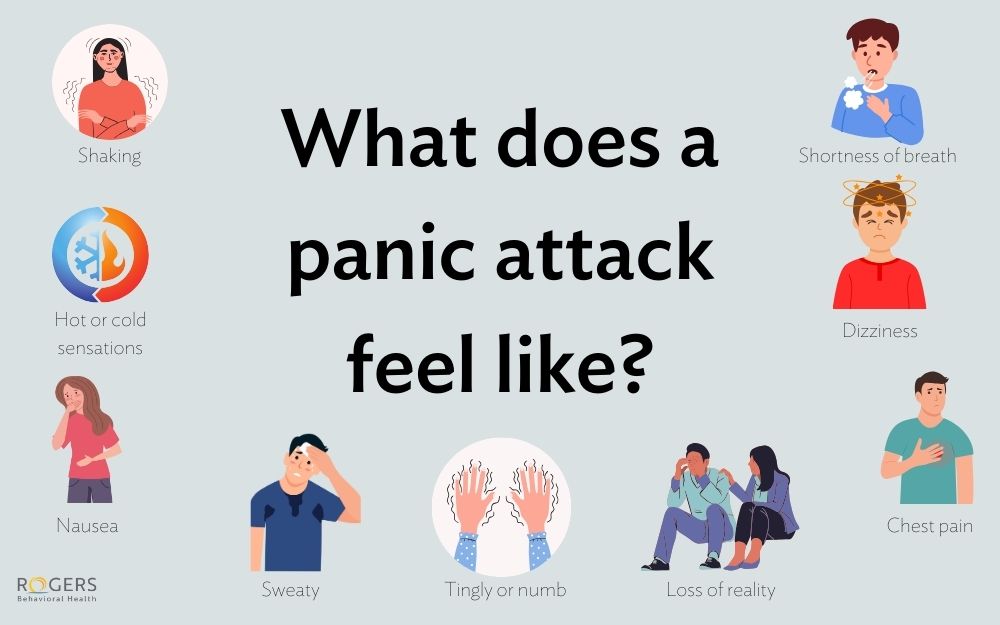When teenage moodiness becomes a mental health concern
Posted on 01/31/19 02:42:pm
Share this article:
Any parent living with a teenager knows life with teens has its share of challenges. During the teenage years, emotions can change without warning and seemingly without reason. Oftentimes a teen’s moodiness can be attributed to life changes occurring at that time, but how do you know when the ever-changing moods are just part of puberty or if they’re a sign of something deeper?
What is a mood disorder?
According to the National Institute of Mental Health, about 14 percent of youth between the ages of 13 and 18 will have a mood disorder, which manifests as feelings of sadness, hopelessness, or irritability. Mood disorders typically interfere with how a person thinks and manages every day activities like sleeping and eating. Female teens are more than twice as likely to be diagnosed with a mood disorder than their male peers. They’re also at a higher risk for emotional dysregulation, which is difficulty controlling emotional responses and behaviors, and for some, it can lead to self-destructive actions, self-harm, or suicidal thoughts. Emotional dysregulation can easily be misdiagnosed as major depressive disorder or anxiety disorders, and it can also accompany many other diagnoses.
“Emotional dysregulation occurs anytime that we experience an emotion and have a difficult time effectively managing it,” says Dr. Erik Ulland, medical director of the Nashotah Program at Rogers Behavioral Health. “It’s a pattern of avoidance of the primary emotion that you’re experiencing, which we all do to some extent. But those with emotional dysregulation often do it to the point where it becomes dangerous, because it will lead to behavior dysregulation that includes things like self-injury and suicide. Those behaviors are done out of an attempt to immediately decrease their current level of emotional distress,” he adds.
Dr. Ulland says patients with emotional dysregulation can be “internalizers”, meaning they tend not to outwardly express their thoughts, or feelings, but instead they process experiences privately.
“They often feel bad about themselves rather than anger at somebody else,” says Dr. Ulland. “Internalizing individuals often struggle with conflict. Conflict often automatically generates shame, and they’ll feel like they’ve done something wrong. They can struggle to set effective limits, so at times they can have their feelings hurt and won’t say anything because of fear of conflict. They end up judging themselves harshly later that their emotions didn’t make sense in the moment even though they were felt,” he explains.
Treating emotional dysregulation
Certain forms of psychotherapy, medications, and other interventions can be helpful if there are other behavioral health diagnoses in a person with emotion dysregulation. However, they may often continue to struggle due to the dysregulation intensifying the other diagnoses.
Dr. Ulland says, “It’s critical to help individuals with substantial emotion dysregulation master Dialectical Behavior Therapy skills to regulate their emotions, and experience emotions more genuinely. It’s not uncommon to see depression or anxiety improve once an individual is regulating more effectively most of the time.”
Rogers’ residential Nashotah Program is a fully adherent Dialectical Behavior Therapy (DBT) program. It helps teenage girls recover from a history of multiple psychiatric hospitalizations, suicide attempts, self- injury, and other behavioral patterns and diagnoses often common in individuals who have emotion dysregulation.
Rogers also provides outpatient DBT programs for both male and female adolescents.
For more information about programs for adolescents at Rogers, call 1-800-767-4411 for a free screening or request a screening online.



